|
|
|
|
|
|
|
|
Photo Gallery for Ophisaurus ventralis - Eastern Glass Lizard
| 34 photos are available. Only the most recent 30 are shown.
|
 | Recorded by: Volunteer
Moore Co.
Comment: | 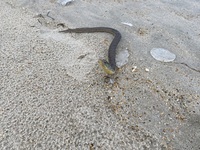 | Recorded by: Wade Abbott
Currituck Co.
Comment: |
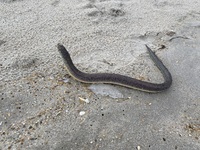 | Recorded by: Wade Abbott
Currituck Co.
Comment: | 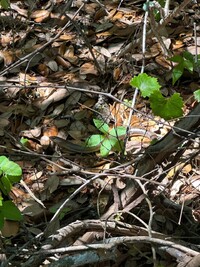 | Recorded by: L. Eckart
Carteret Co.
Comment: |
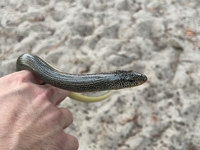 | Recorded by: C. Teague
Beaufort Co.
Comment: | 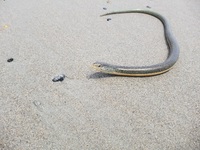 | Recorded by: M.Windsor
Onslow Co.
Comment: |
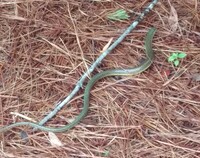 | Recorded by: Erich Hofmann and Kayla Weinfurther
New Hanover Co.
Comment: | 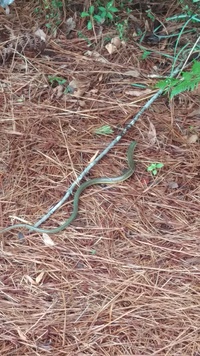 | Recorded by: Erich Hofmann and Kayla Weinfurther
New Hanover Co.
Comment: |
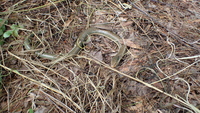 | Recorded by: Erich Hofmann and Kayla Weinfurther
Craven Co.
Comment: |  | Recorded by: Erich Hofmann
Craven Co.
Comment: |
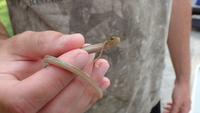 | Recorded by: Erich Hofmann
Craven Co.
Comment: | 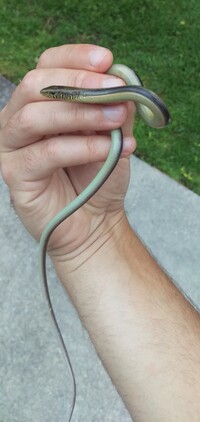 | Recorded by: Erich Hofmann
Craven Co.
Comment: |
 | Recorded by: D. Crilley
Robeson Co.
Comment: |  | Recorded by: Erich Hofmann and Kayla Weinfurther
Craven Co.
Comment: |
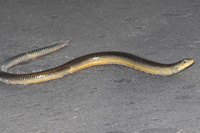 | Recorded by: Mark Shields
Pender Co.
Comment: | 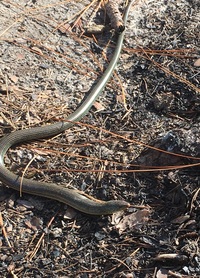 | Recorded by: M. Teague
Moore Co.
Comment: |
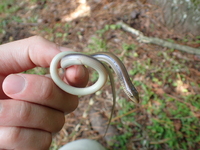 | Recorded by: Erich Hofmann
Craven Co.
Comment: | 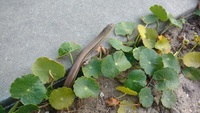 | Recorded by: G. Johnson & P. Terry
Carteret Co.
Comment: |
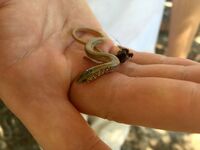 | Recorded by: Erich Hofmann and Allegra Hodges
Pamlico Co.
Comment: | 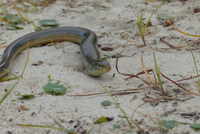 | Recorded by: M. Gosselin
Dare Co.
Comment: |
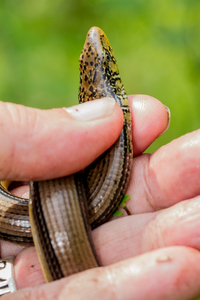 | Recorded by: Steve Hall
Moore Co.
Comment: | 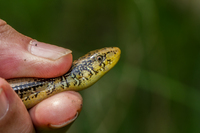 | Recorded by: Steve Hall
Moore Co.
Comment: |
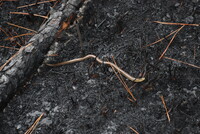 | Recorded by: John Osbourne, Ned Reynolds, Chris Helms
Columbus Co.
Comment: |  | Recorded by: K. Bischof
Beaufort Co.
Comment: |
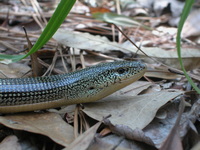 | Recorded by: K. Bischof
Beaufort Co.
Comment: | 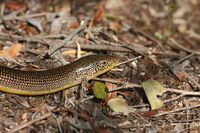 | Recorded by: S. Bland
Onslow Co.
Comment: |
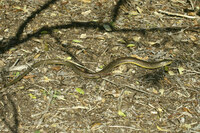 | Recorded by: S. Bland
Onslow Co.
Comment: | 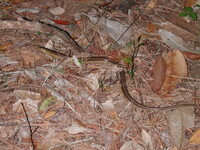 | Recorded by: T. Taylor
New Hanover Co.
Comment: |
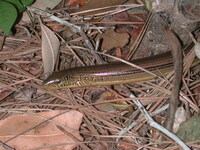 | Recorded by: T. Taylor
New Hanover Co.
Comment: |  | Recorded by: Newman, Randy
Carteret Co.
Comment: |
|

 »
» 


 »
» 
